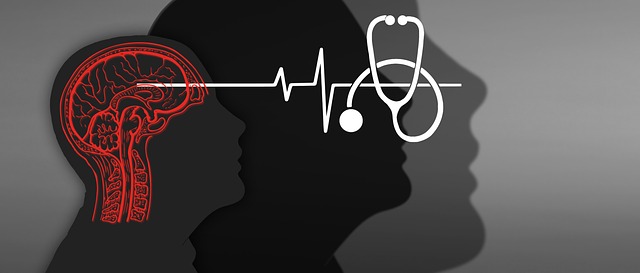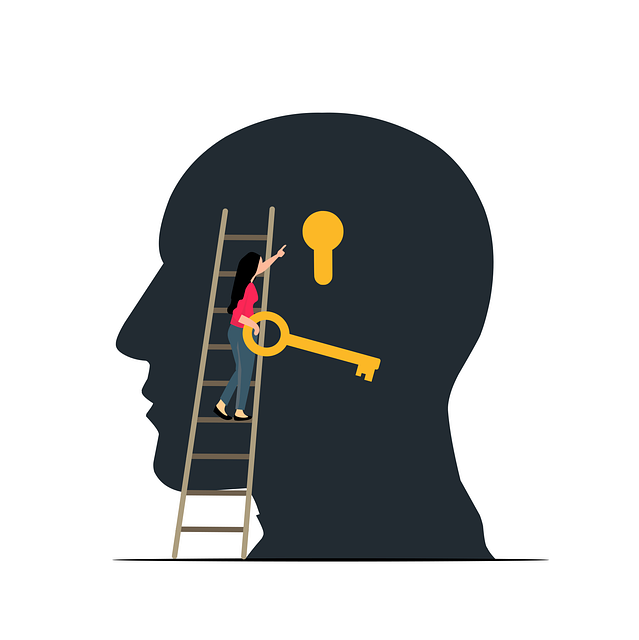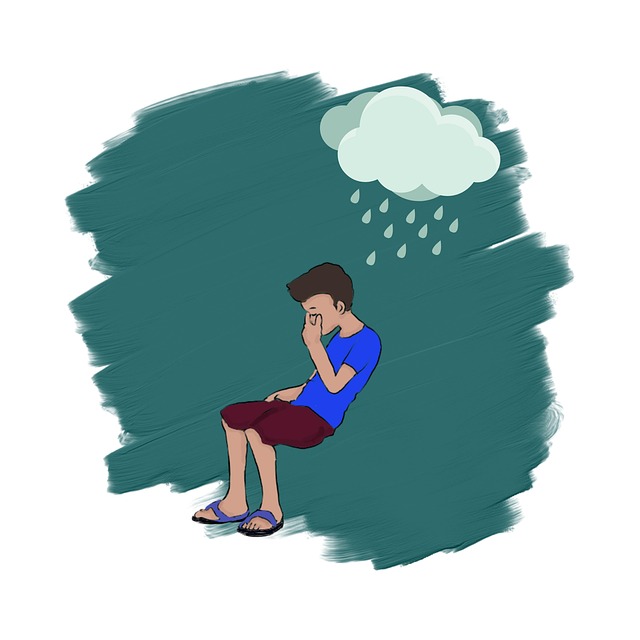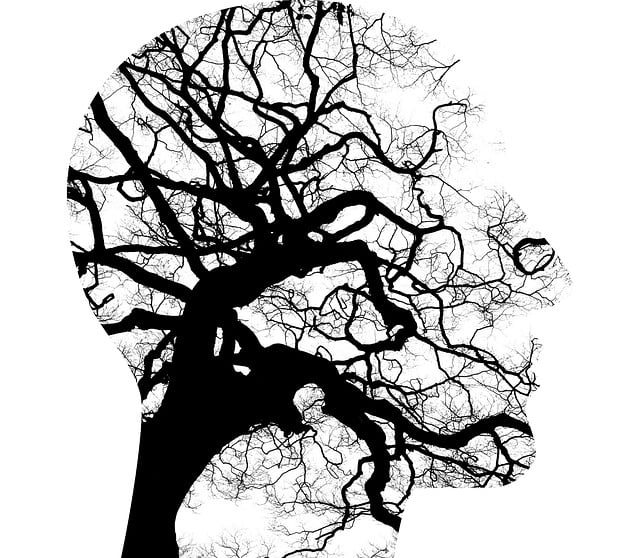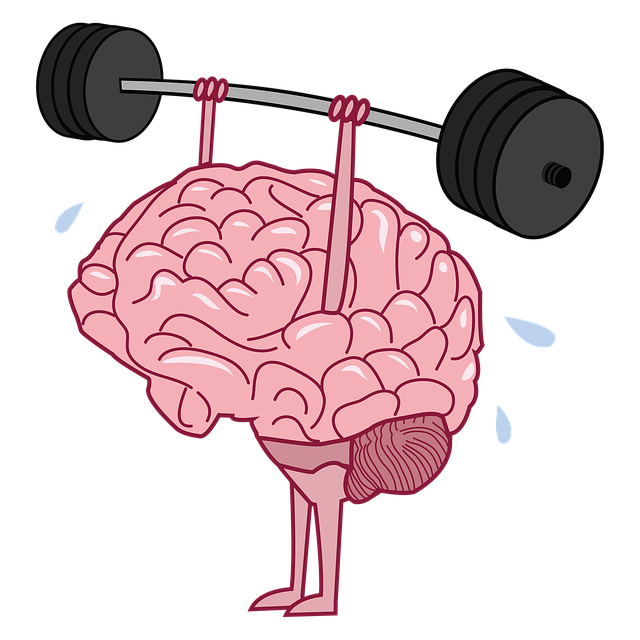Greenwood Village Chronic Pain Therapy prioritizes mental wellness as key to effective treatment, addressing emotional balance disruption caused by chronic pain. Personalized Mental Wellness Coaching Programs empower individuals with tools for emotional regulation and improved coping mechanisms. The growing need in the area for tailored mental wellness self-assessment tools, catering to diverse backgrounds and specific health conditions, is addressed through strategic planning and cultural sensitivity. By integrating compassion cultivation and stress reduction strategies, these tools enable accurate identification of distress areas, guiding effective interventions like Self-Care Practices and Mood Management coaching. Continuous improvement based on client feedback and data analysis ensures the assessment tools remain relevant and beneficial for both clients and therapists in promoting sustainable well-being.
In Greenwood Village, chronic pain sufferers often face unique mental wellness challenges. This article explores the development of personalized self-assessment tools tailored to their needs. We delve into understanding mental wellness and its profound impact on chronic pain management. By breaking down key components, we provide a step-by-step guide for creating effective assessments, offering strategies for continuous improvement in Greenwood Village chronic pain therapy.
- Understanding Mental Wellness and its Impact on Chronic Pain Sufferers
- The Need for Personalized Self-Assessment Tools in Greenwood Village
- Key Components of an Effective Mental Wellness Self-Assessment
- Developing and Implementing the Tool: A Step-by-Step Guide
- Measuring Success and Continuous Improvement Strategies
Understanding Mental Wellness and its Impact on Chronic Pain Sufferers

Mental wellness is a crucial aspect of overall health, especially for individuals grappling with chronic pain. For those in Greenwood Village seeking Chronic Pain Therapy, addressing mental wellness becomes an integral part of their treatment plan. Chronic pain can significantly impact emotional regulation, leading to heightened stress levels and potentially exacerbating physical symptoms. Many patients find themselves caught in a cycle where depression prevention becomes a vital focus as they navigate the challenges of persistent pain.
Understanding and managing mental wellness is not just about treating symptoms; it’s about empowering individuals to develop Mental Wellness Coaching Programs that cater to their unique needs. By incorporating strategies for emotional regulation, these programs can help patients gain control over their lives, improve coping mechanisms, and foster a sense of resilience in the face of chronic pain.
The Need for Personalized Self-Assessment Tools in Greenwood Village

In Greenwood Village, the demand for effective mental wellness self-assessment tools is growing, especially with the increasing awareness about chronic pain therapy and its holistic aspects. Traditional approaches often fail to cater to the unique needs and experiences of individuals seeking support for their mental health, particularly in a diverse community like Greenwood Village. Personalized self-assessment tools are crucial here as they allow for a more nuanced understanding of one’s psychological landscape. By incorporating compassion cultivation practices, stress reduction methods, and burnout prevention strategies into these tools, residents can gain valuable insights into managing their mental wellness effectively.
Greenwood Village, with its vibrant culture and bustling community, requires assessment methods that resonate with the diverse population. Tools that go beyond surface-level indicators of mental health can help in identifying deep-seated issues and promoting sustainable well-being. This is especially relevant for chronic pain sufferers who often experience comorbid mental health conditions. Tailored self-assessment tools can foster a sense of agency, enabling individuals to actively participate in their therapy journey and make informed decisions regarding their mental wellness practices.
Key Components of an Effective Mental Wellness Self-Assessment

An effective mental wellness self-assessment tool should incorporate several key components to ensure accurate evaluation and guidance. Firstly, it must include a comprehensive list of symptoms and concerns related to mental health, such as anxiety, depression, stress, or chronic pain—a common challenge many seek help for at Greenwood Village Chronic Pain Therapy. This allows individuals to reflect on their experiences and pinpoint specific areas of distress.
Additionally, the tool should offer a mix of objective measures and subjective reporting. Objective assessments can include questionnaires with validated scales measuring symptoms and functioning, while subjective components encourage users to engage in mental wellness journaling exercises or record their thoughts and feelings through guidance from mental wellness coaching programs. Incorporating cultural sensitivity is vital; the assessment should be adaptable to diverse backgrounds, ensuring inclusivity and accurate representation of unique experiences.
Developing and Implementing the Tool: A Step-by-Step Guide

Developing a mental wellness self-assessment tool is a strategic process that requires careful planning and execution. The first step involves identifying the specific areas of mental health that the assessment will target, such as anxiety, depression, or stress management. This stage also includes defining the population for whom the tool will be most beneficial—whether it’s tailored to teenagers, adults, or a specific demographic facing unique challenges, like those in Greenwood Village Chronic Pain Therapy.
Once the scope is established, create a comprehensive list of relevant questions or metrics that align with the identified mental health aspects. These could include assessing daily routines, coping mechanisms, emotional state, and any pertinent risk factors. The next phase involves designing an intuitive user interface, ensuring it’s user-friendly and accessible for all. Consider incorporating interactive elements to enhance engagement while maintaining privacy and security standards, especially when dealing with sensitive information about mental wellness. Following this step-by-step guide will result in a robust self-assessment tool capable of aiding individuals in Greenwood Village Chronic Pain Therapy and promoting positive mental health outcomes through Self-Care Practices and Mood Management coaching programs.
Measuring Success and Continuous Improvement Strategies

Measuring success is a vital component of developing any self-assessment tool. In the context of Greenwood Village Chronic Pain Therapy and mental wellness coaching programs development, outcomes can be assessed through various methods, including client feedback, standardized questionnaires, and qualitative data. By employing these metrics, professionals can gain valuable insights into the effectiveness of their interventions. Continuous improvement strategies often involve analyzing the collected data to identify areas for enhancement and adapting the assessment tools accordingly. This iterative process ensures that the self-assessment remains relevant and aligned with best practices in mental health care.
For instance, a risk assessment for mental health professionals could be integrated into these coaching programs to monitor not only individual client progress but also the overall wellness of the therapists themselves. Effective stress management techniques, identified through such assessments, can foster healthier work environments, ultimately benefiting both therapists and clients. This holistic approach, focusing on both mental wellness coaching programs development and maintaining professional well-being, contributes to a sustainable and successful treatment model.
Mental wellness self-assessment tools are invaluable for chronic pain sufferers in Greenwood Village, offering personalized insights and guidance. By understanding key components such as stress levels, emotional states, and coping mechanisms, individuals can better navigate their chronic pain journey. The development process outlined in this article provides a practical step-by-step guide, ensuring these tools are both effective and adaptable to individual needs. Continuous improvement strategies, including measuring success through user feedback, ensure these self-assessment tools remain relevant and impactful for Greenwood Village residents seeking chronic pain therapy.
